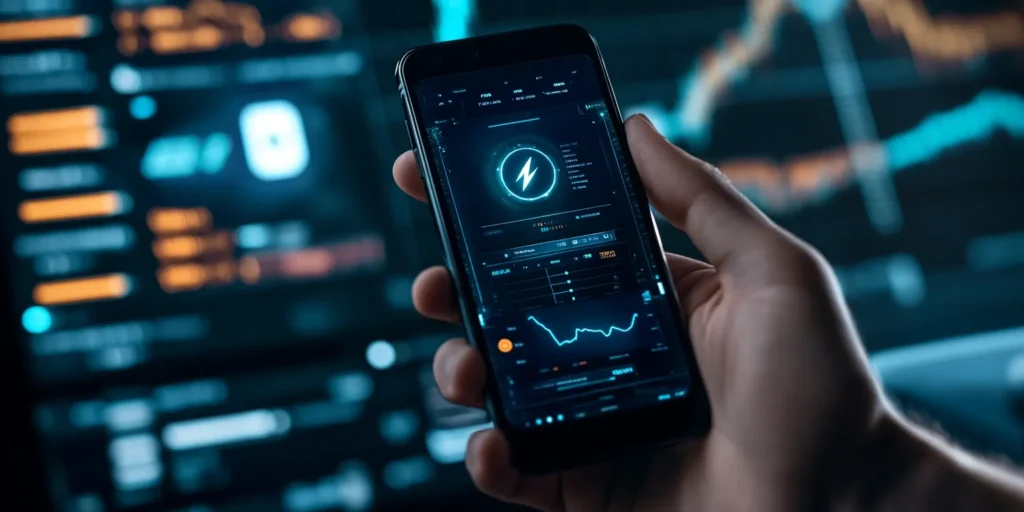Introduction
Building your own crypto mining setup unlocks control, profitability, and deeper understanding of blockchain technology. Learning how to build a crypto mining rig empowers you to choose your path—whether mining Bitcoin, Ethereum, or the next emerging altcoin. This guide breaks down every step with clarity and real-world insights.
What is a crypto mining rig?
A crypto mining rig is a customized computer system that validates blockchain transactions through computational power. Rigs typically use either multiple GPUs (Graphics Processing Units) or dedicated ASICs (Application-Specific Integrated Circuits) to perform mining calculations. Choosing the right rig setup is the first step toward profitable mining.
Benefits of building your own crypto mining rig
- Cost efficiency: DIY rigs are often cheaper than pre-built systems.
- Flexibility: Customize hardware for different coins and algorithms.
- Skill development: Understand mining optimization, repairs, and upgrades.
- Higher ROI potential: Manage electricity usage, maintenance, and performance firsthand.
Step-by-step guide: how to build a crypto mining rig
- Define your mining goals: Bitcoin (ASIC), Ethereum Classic (GPU), or privacy coins like Monero (CPU).
- Plan your budget: Entry rigs start around $800; serious setups reach $2,500 or more.
- Select your components:
- Motherboard: Supports multiple GPUs (6+ slots recommended).
- CPU: Basic models for most GPU rigs.
- RAM: 8GB is enough; more is optional.
- Storage: 120GB SSD minimum for OS and software.
- Power Supply (PSU): Choose a quality 80+ Gold or Platinum unit.
- GPUs or ASICs: Focused on efficiency and resale value.
- Mining frame: Ensures airflow and modularity.
- PCIe risers: Connect GPUs securely to motherboard slots.
- Assemble carefully: Install CPU, RAM, SSD, then GPUs with risers; double-check cooling and cable management.
- Install mining software: Windows, Linux, or HiveOS; plus miners like PhoenixMiner, lolMiner, or CGMiner.
- Join a reputable mining pool: Boost consistency of payouts and earnings.
- Optimize your settings: Use undervolting, safe overclocking, and temperature monitoring.
Essential components checklist for building a crypto mining rig
| Component | Purpose | Recommended Options |
|---|---|---|
| Motherboard | Connects GPUs and manages data flow | ASUS B250 Mining Expert, ASRock H110 Pro BTC+ |
| Graphics Cards | Performs mining calculations | RTX 3070, RX 6800 XT |
| Power Supply | Feeds stable electricity | Corsair HX1200, EVGA 1300W |
| SSD Storage | Stores OS and software | Samsung 870 EVO |
| Frame and Cooling | Protects and cools hardware | Veddha Mining Case, Noctua Fans |
Common mistakes when building a crypto mining rig
- Choosing underpowered PSUs: Always oversize for safety margins.
- Ignoring ventilation needs: Poor airflow reduces lifespan and efficiency.
- Using mismatched hardware: Verify GPU, riser, and motherboard compatibility.
- Skipping software optimization: Drivers, overclocking, and settings matter for profits.
- Overloading circuits: High-energy setups require careful electrical planning.
- Neglecting regular maintenance: Dust and heat buildup damage long-term performance.
How much does it cost to build a crypto mining rig?
- Motherboard + CPU + RAM + SSD: ~$350
- Power Supply Unit: ~$200
- 6x Mid-tier GPUs: ~$2,400 total
- Frame + Fans + Accessories: ~$100
Total estimated build cost: ~$3,050
Electricity prices also vary greatly by region. In countries with cheap energy like Paraguay or Kazakhstan, rigs reach ROI faster compared to mining in Europe or California.
Pros and cons of building a crypto mining rig
| Pros | Cons |
|---|---|
| Lower long-term costs | Requires technical knowledge |
| Customizable to mining goals | Initial setup time and effort |
| Better ROI control | Risk of hardware failures |
Optimizing your crypto mining rig for better performance
- Undervolt GPUs to balance hashrate and power draw.
- Set custom fan curves to maintain ideal temperatures.
- Use monitoring tools like HiveOS or Minerstat for real-time tracking.
- Benchmark different coins to switch dynamically for best profitability.
Alternatives to building a crypto mining rig
- Cloud Mining: Pay for hashpower without owning hardware. See more in our crypto mining as a service guide.
- Small Mining Setups: Use mobile devices or crypto mining phones for educational purposes.
- Hosted Mining Services: Co-locate your rig in a professional data center for stability and uptime.
- CPU Mining: Consider simpler alternatives covered in our guide to cpu mining.
Troubleshooting common crypto mining rig issues
- Rig won’t power on: Check PSU switches and all cable connections.
- GPU not detected: Re-seat the PCIe riser or update the motherboard BIOS.
- Frequent crashes: Reduce overclocks, update drivers, and improve airflow.
- High temperatures: Clean dust, reposition fans, or upgrade cooling systems.
Security tips for your crypto mining rig
- Secure your rig physically to prevent hardware theft, especially if mining from home or a small office.
- Use firewall protections and VPNs to safeguard your mining operation from cyberattacks.
- Store mined coins in cold wallets to minimize exposure to online threats.
- Update mining software and drivers regularly to patch security vulnerabilities.
FAQs about building a crypto mining rig
How long does it take to build a crypto mining rig?
Most setups take between 3 to 6 hours depending on your experience and preparation.
Can I upgrade my rig later?
Yes. You can swap GPUs, add risers, upgrade the PSU, or even flash better BIOS settings to enhance performance over time.
Is it better to mine solo or join a pool?
Joining a mining pool is better for beginners because it provides more consistent earnings with less risk.
How much electricity does a mining rig consume?
A mid-range 6-GPU rig consumes about 900 to 1,200 watts per hour, depending on optimization settings.
Is mining still profitable today?
Profitability depends heavily on electricity rates, coin prices, and network difficulty. With efficient setups and smart optimization, it remains viable in many regions.
Conclusion
Learning how to build a crypto mining rig is a gateway skill for anyone serious about blockchain innovation. It combines technical knowledge with real-world problem solving and offers control over your financial future in the decentralized world.
Build smart. Optimize relentlessly. Adapt boldly. In crypto, mastery of the machines is mastery of opportunity.



